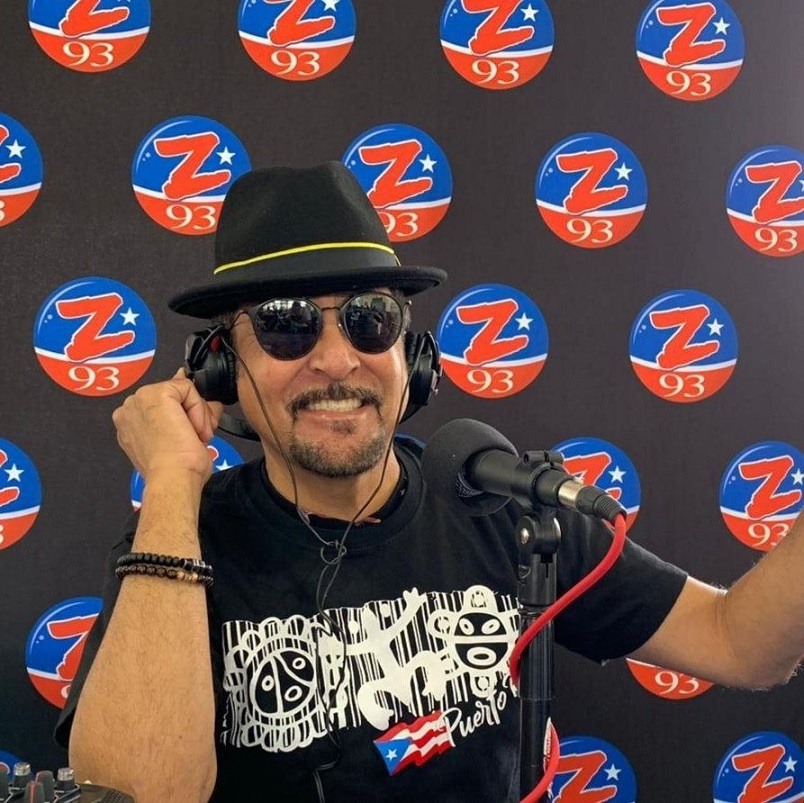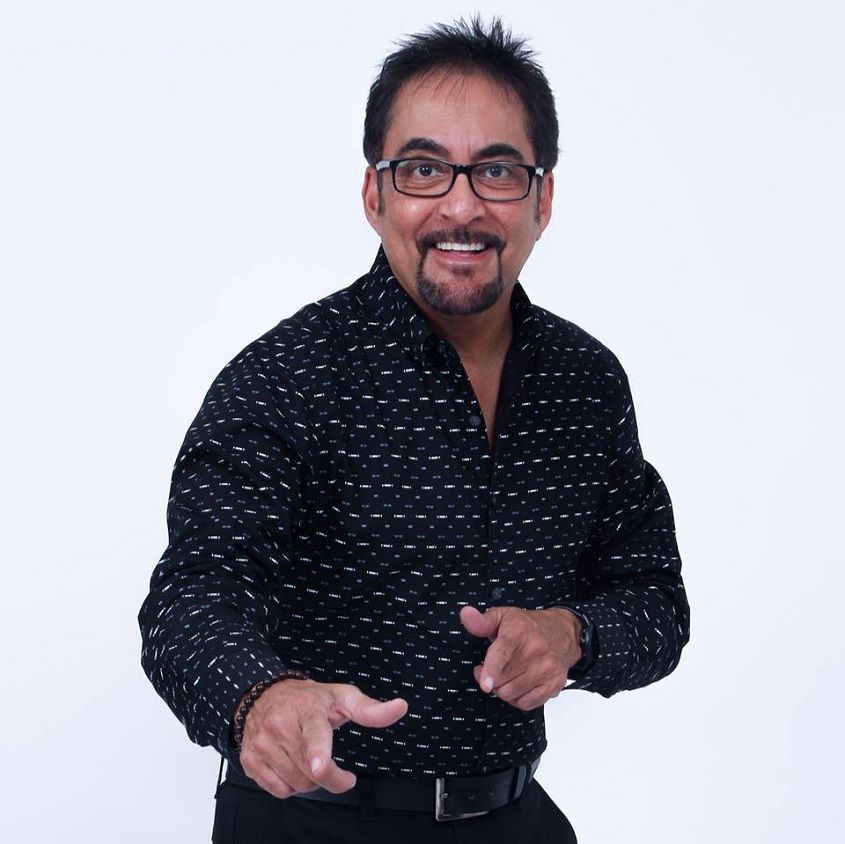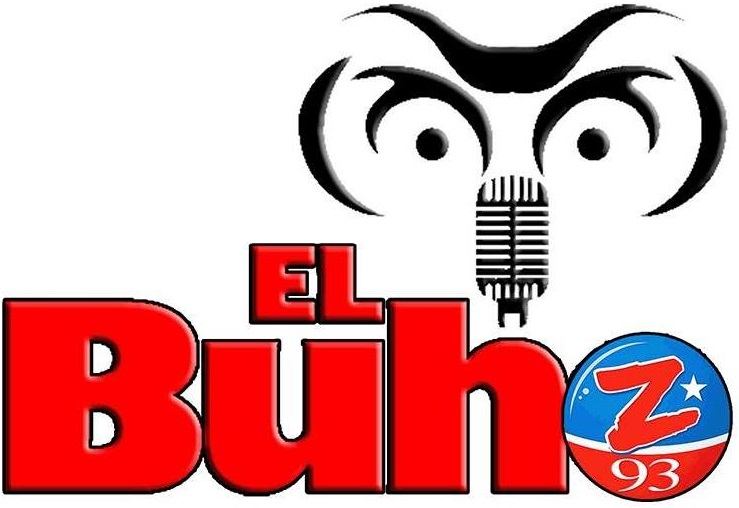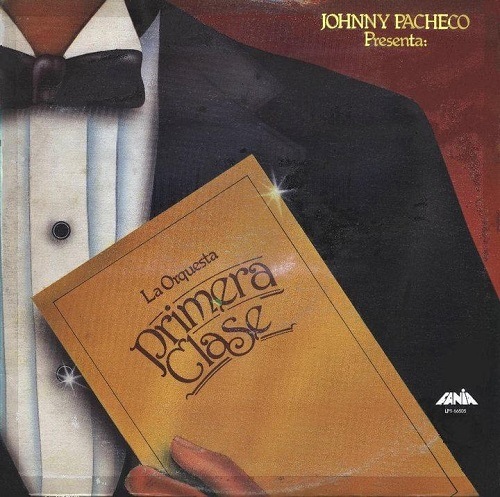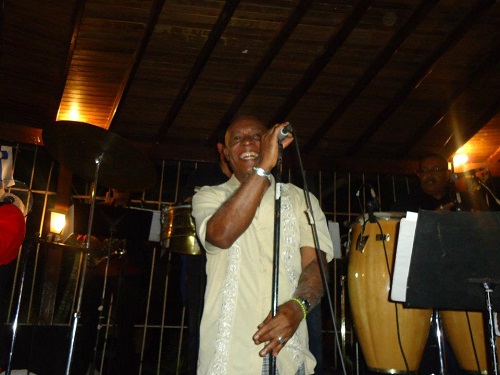Nesmary J. Gómez H. was born in Venezuela, Miranda state, city of Los Teques on January 9, 1995.

Nesmary is a young student of social communication at the Bolivarian University of Venezuela, Announcer of the Ritmo Sabor y Salsa program.
From an early age she felt attracted to the salsa genre and at 3 years old she sang Pedro Simon (dumb things) of the Colón orchestra when she turned 7 she already danced songs by Oscar D’ León and the Latin Dimension.
Afirma Nesmary Gómez que gracias a su abuela materna y quién ha sido fiel seguidora del sonero del mundo “Mi abuela Gloria Hueck a ella le debo todo lo que soy una mujer inigualable una madre para mi luego de la trágica muerte de mi mama, fue mi abuela quien me crío y crecí a su lado escuchando desde Óscar D León hasta un Ismael Rivera, Henry Fiol”.
With 12 Years she fell in love with the radio by being a very active listener of all the radios of the town making herself known by almost all the announcers earning the heart and affection for being the number 1 listener of different programs.
Being in the first year of basic education he had the experience of airing an educational program on the community radio Urquia 97.5FM being this radio the first to open its doors to him.

After 3 years she is taken into account for a new project as co-producer “El baúl de los recuerdos” on the community radio of Carrizal 91.5FM with the physically disappeared Jhonny Tovar, who with his great support was able to highlight the talent of this young woman, said project had a duration of 2 years.
The opportunities remained present and is called by the director of a commercial radio Carlos Daniel Piñango man who fully trusts this young prospect of broadcasting and is included as a second voice in the El Hormiguero RV program where he was nourished every day more when working with The announcer Mario García is a long-distance man who so far is a reference on Altomirandina radio.
When life began to smile at her a hard blow after the death of her second child made that young woman passionate about the voiceover lose the desire to live “I remember that by that moment I felt the desire to die, depression and pain led me to a bad emotional and physical state.
Thanks to our heavenly father who gave me strength to get up” The best way not to be overcome by pain was a radio booth starting as an audio operator in different live programs, in addition to motivating himself to create a project of the salsa genre called Salsa and Control project that lasted 4 years and was interrupted by situations beyond his will.
This talented young woman continues to prepare herself day by day to be an example of overcoming and show that obstacles can be overcome with perseverance and perseverance “There is no pain that separated us from what we like, on the contrary when you have pain the best thing is to take refuge in what we are so passionate about and mainly in God”.

For 1 year and a half has been airing a proposal that is giving something to talk about Ritmo Sabor y Salsa is Nesmary Gómez’s project on Radio PLENITUD 90.9FM Monday Wednesday and Friday between 2:00 – 4:00pm from where this year 2023.
Has been sharing in exclusive interviews with great exponents of the genre such as Mauricio Silva, Viti Ruiz, Pedro Arroyo, Edgar Joel, Lus “Perico” Ortiz, Gus Colón, Fernando Cancel, Antonio Cartagena, among many other artists.
Who appreciate the existence of this program that gives the audience the opportunity to know their musical trajectory in chronological order.
“I am one of the few people who think and feel that artists must be honored in life, let’s not wait for them to leave this earthly plane to pay tribute and place their songs, let’s give him that great satisfaction that You can enjoy it in life” said space recently premiered the segment “La Clave de la Salsa”.
In honor of that percussion instrument, to those two cylindrical wooden sticks on which many of the music of the Caribbean are built and for this case the salsa known as the key, in this segment the story of 2 songs that sounded insistently and that are still kept in the memories and taste of the public is known.

Nesmary recently received his speech certificate at the Elac of Santa Rosa University. Being one of the few female voices in Los Teques and all the Altos Mirandinos that has the perfect formula to brighten your afternoons in the company of a great audio operator known as Carlos “Lolo” Marrero the duo that is delighting you and dictating catedra quoting those words of the renowned singer Roberto Lugo “If you want to listen to a tasty salsa tune in to Ritmo Sabor y Salsa there is no hay más na”.
Also Read: Lizna Tovar winner in the category Voice Over of the year 2022 in Canary Islands Tenerife
